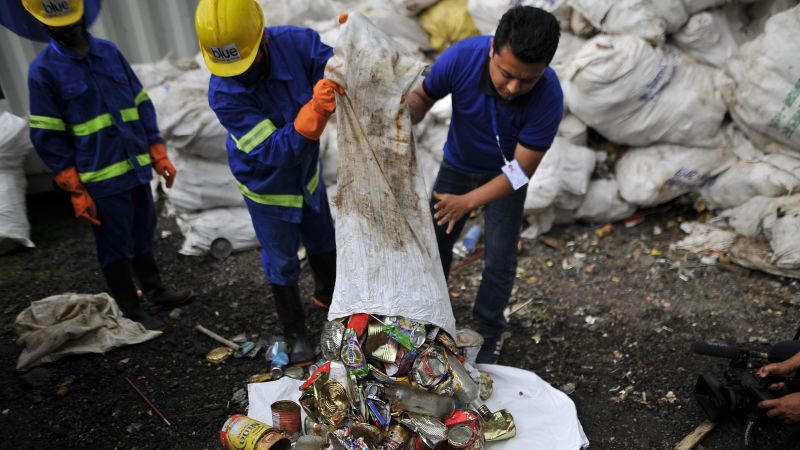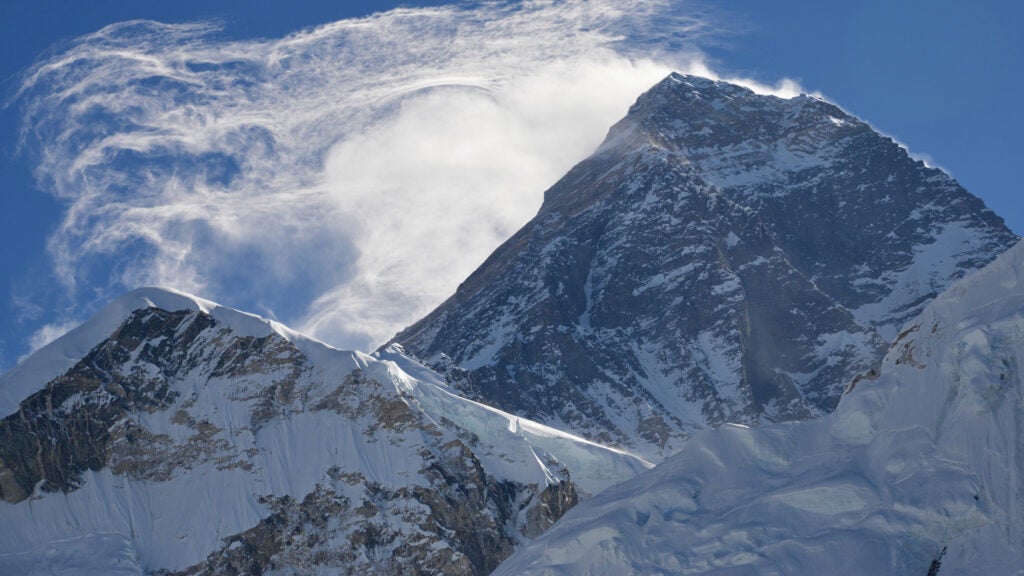Every spring, hundreds of climbers from all over the world travel to the Himalayas in the hope of reaching the summit of Mount Everest, the highest mountain in the world.
As they make the slow, arduous and sometimes fatal journey to the summit, they leave behind garbage, equipment and human waste.
The authorities have recently implemented new rules to help reduce the problem of garbage on Everest. But in the meantime, the more than 8,800-meter-high peak remains littered with debris.
This week, Nepalese troops began their annual clean-up campaign on the mountain. 12 members of the Nepalese armed forces arrived at Everest base camp for the so-called "Mountain Cleanup Campaign", an initiative launched in 2019 in partnership with Unilever, recalls CNN.

According to the Himalayan Times, with the support of 18 sherpas, the military will remove around ten metric tons of garbage and debris from Mount Everest and its neighboring peaks, Mount Lhotse and Mount Nuptse.

The expedition members will also try to bring back the bodies of five climbers who died climbing Everest. Last year was one of the deadliest on record: twelve climbers died, while another five are presumed dead.
According to the Smithsonian, more than 300 climbers have died trying to reach the summit of Everest since the site began to be explored as a tourist spot and adventure destination at the beginning of the 20th century.
/https%3A%2F%2Ftf-cmsv2-smithsonianmag-media.s3.amazonaws.com%2Ffiler_public%2F99%2F16%2F99164470-8527-4455-803a-d36348c268be%2Fgettyimages-1224178459.jpg)
Some are caught in avalanches or fall into crevasses, while others suffer from fatal medical problems such as frostbite or high altitude cerebral edema, a disease that causes swelling in the brain.
Experts say that man-made climate change was at least partly responsible for last year's high death toll.
"The main cause is climate change," Yuba Raj Khatiwada, director of Nepal's tourism department, told The Guardian in 2023. "This season the weather conditions were not favorable; they were very variable. Climate change is having a big impact on the mountains."
Last year, the Nepalese government issued more than 450 permits to climbers who wanted to reach the summit of Everest. Each permit costs thousands of dollars - in addition to the large sums that climbers often pay to guide companies.
Some critics argue that the government is issuing too many permits, and accuse the low-cost guide companies of accepting inexperienced clients and caring little for the climbers' safety.
" People with little or no experience who book expeditions with few resources are exposing themselves to huge risks," Caroline Pemberton, owner of Climbing the Seven Summits, told Outside magazine.

This year's Everest season will start soon.
In recent years, the authorities have announced new regulations aimed at improving safety and reducing litter on Everest.
Climbers are obliged to rent and use an electronic tracking device , collect and transport their own waste to base camp and pay an expensive fee on the waste they are presumed to make.
They only get their deposit back if they return with at least 8 kilos of garbage.








